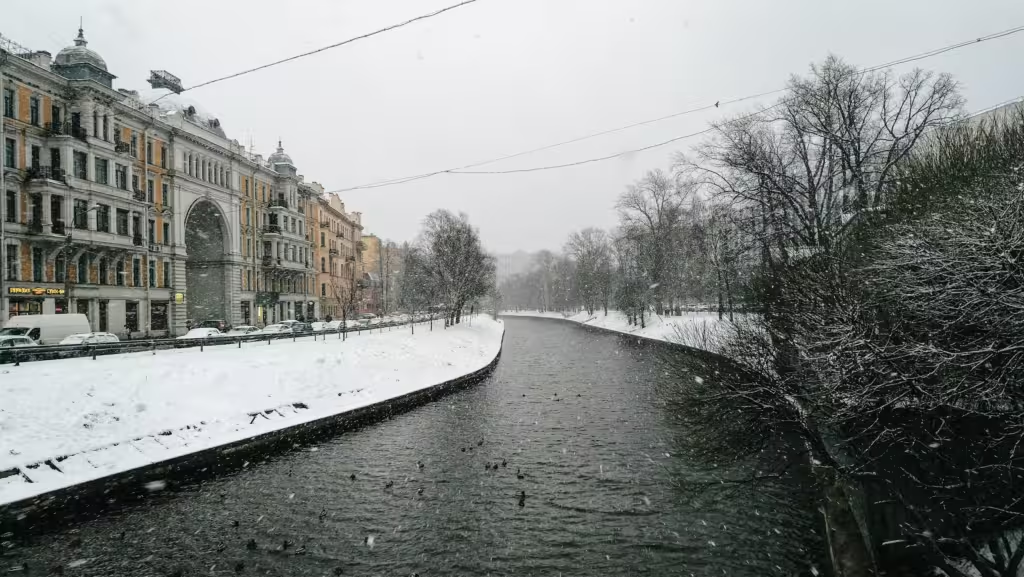Given prevailing dogma one would not expect to find a news story about shrinking polar ice being a big scientific mystery. But that’s what NBC’s MACH recently ran. And the reason is that (a) it’s the south pole and (b) the ice has been increasing there for decades. Which was a big mystery but you might not have heard about it because alarmists were understandably reluctant to mention it (just like they never mention the tropical troposphere). Melting Arctic ice, we’re told, is obviously evidence of the man-made apocalypse. Which made expanding Antarctic ice awkward especially as the models also said it should be melting too. Eventually the theory got stretched to explain why it wasn't, just in time for it to start. Weird how complicated science is.
The NBC story admits there’s a puzzle, and for that we’re grateful. It ran the headline and deck: “Antarctic sea ice is shrinking rapidly after decades of growth. Scientists aren't sure why. Researchers have long struggled to explain the unusual behavior of ice floating in the ocean around the planet's southernmost continent.” But of course the puzzle is why global warming didn’t melt the Antarctic, not why everybody’s sure global warming did melt the Arctic. The story quotes study author Claire Parkinson, a climatologist at NASA’s Goddard Space Flight Center that “There’s a lot of interannual variability in both Arctic and Antarctic sea ice, but Arctic sea ice has been decreasing in extent since the late 1970s, which is consistent with what we’d expect. What was happening in Antarctica could not be so easily explained.”
The story goes on to note, regarding the latter, that “what caused the initial expansion and subsequent speedy retreat remains a mystery. Researchers have some hypotheses, but so far there is no scientific consensus.” Indeed, there’s a revealingly wide range of highly tentative hypotheses. “Some scientists link the puzzling reversal in Antarctic sea ice to the ozone hole over Antarctica, Parkinson said…. Chlorofluorcarbons were phased out as part of the 1987 Montreal Protocol, helping restore ozone levels and presumably cooling the ocean and helping raise levels of Antarctic sea ice.”
Not a great theory though because of that darn Arctic. So let’s try again. “Other researchers say the shifting levels of sea ice could represent natural climate patterns. One such pattern is El Niño… Another is the so-called Interdecadal Pacific Oscillation, which every decade or two alters air pressure, sea temperatures and wind direction.” Egad. Complicated natural patterns affecting climate? Who saw that coming?
According to the story, “scientists agreed that more research is needed to better understand the waxing and waning of sea ice.” Sure thing. Can we add climate to the list of things we need to understand a whole lot better? Including admitting that if we don’t understand what ice at the south pole is doing, we don’t understand what it’s doing at the north pole either?


